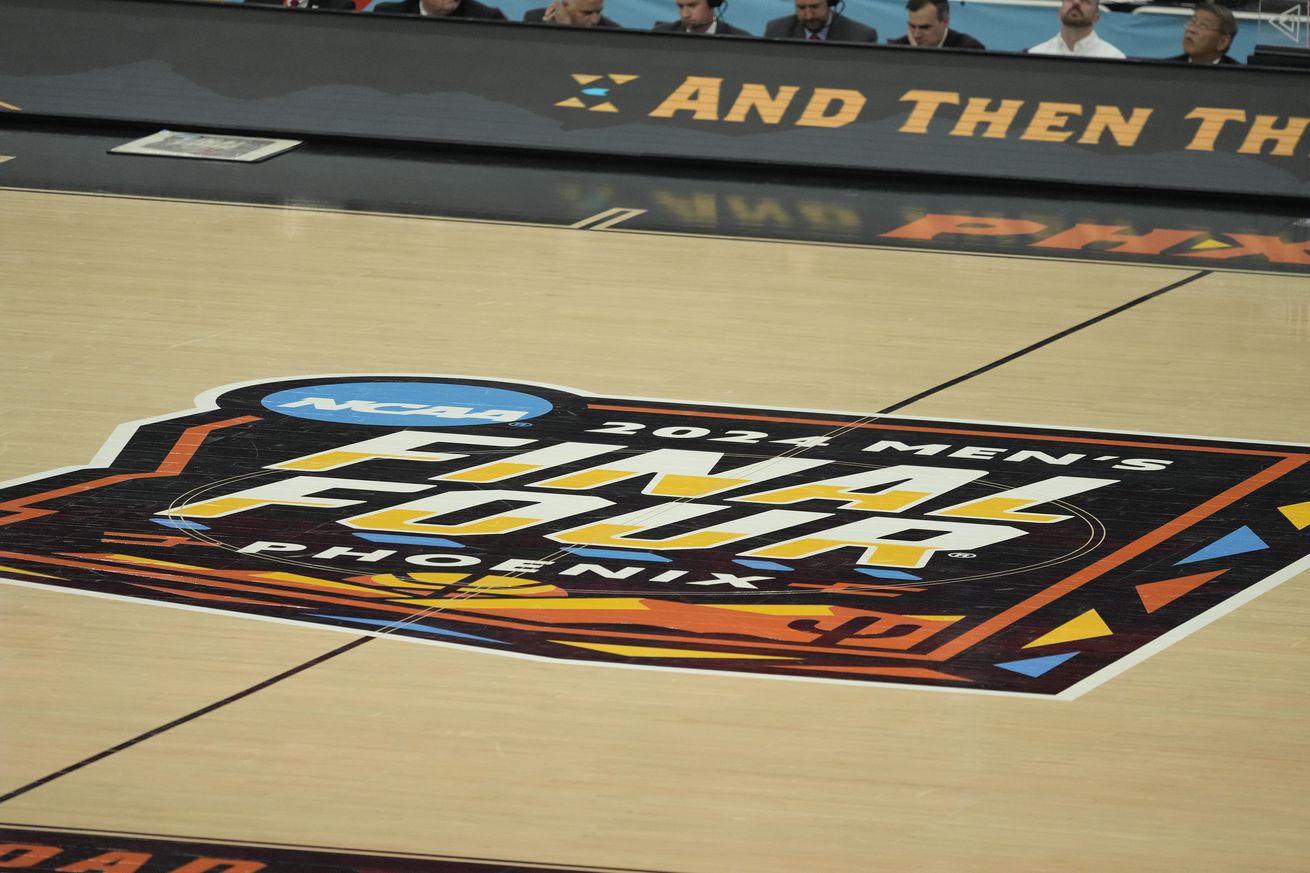
As the deadline for a settlement agreement in one of several ongoing antitrust cases approaches, it appears that a concrete plan for revenue sharing in college athletics is on the immediate horizon.
The NCAA is waging legal battles on a number of fronts and could put an end to those for the foreseeable future with a settlement, but the cost is going to be substantial regardless, as Ross Dellenger of Yahoo! Sports has reported this week.
The new model, which could be implemented as soon as 2025, will reportedly put schools on the hook for about $30 million annually—the bulk of that in the form of a revenue distribution cap of $17-22 million. No school will be required to make those payouts, but for those that want to stay competitive on a national level, it will be a necessary cost of doing business. This will continue to hasten the separation of the power-conference schools from everybody else.
Maybe the most interesting detail to emerge, though, has to do with scholarships—namely the expansion of the number schools are allowed to offer:
The final financial concept to any new model involves the implementation of roster limits and the expansion of scholarships across those limits. For instance, under current rules, the NCAA permits schools to distribute 11.7 scholarships across a baseball roster of 32 players.
Under this new model, schools may now choose to provide a scholarship to each roster position — however many are determined for that specific sport. The same goes for other sports, including football, which could see its roster limit actually reduced. The NCAA recently increased the football roster limit for preseason camp from 110 players to 120.
That’ll be a welcome change, though it won’t be cheap, of course.